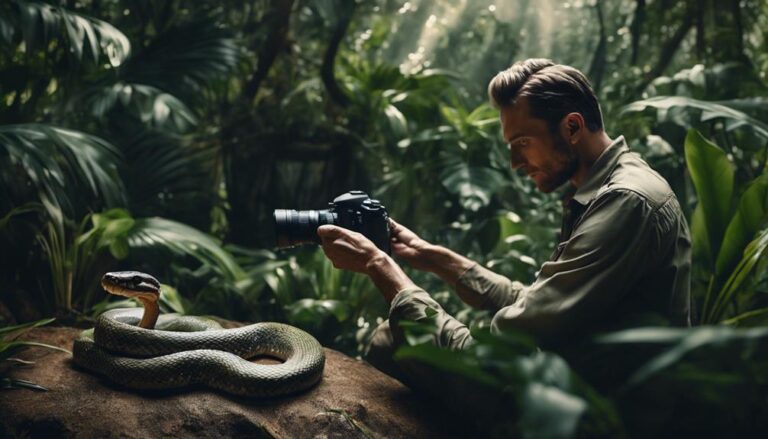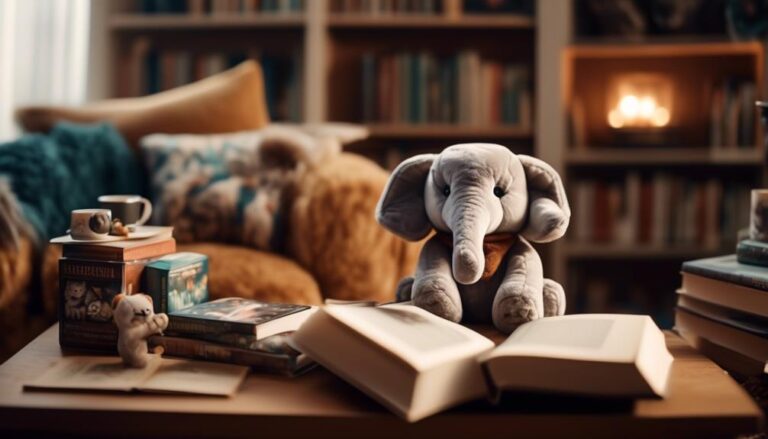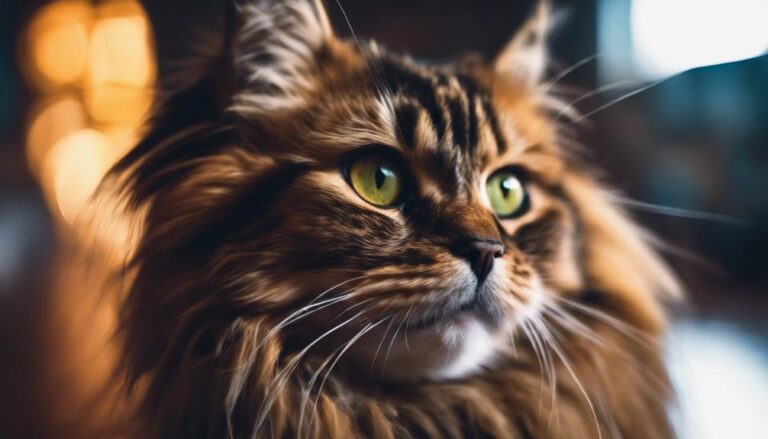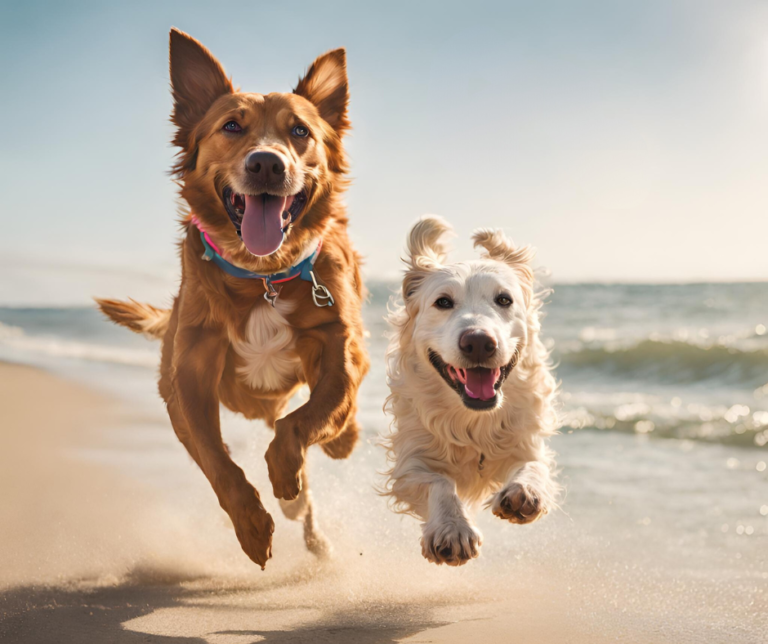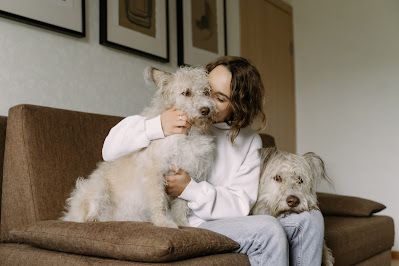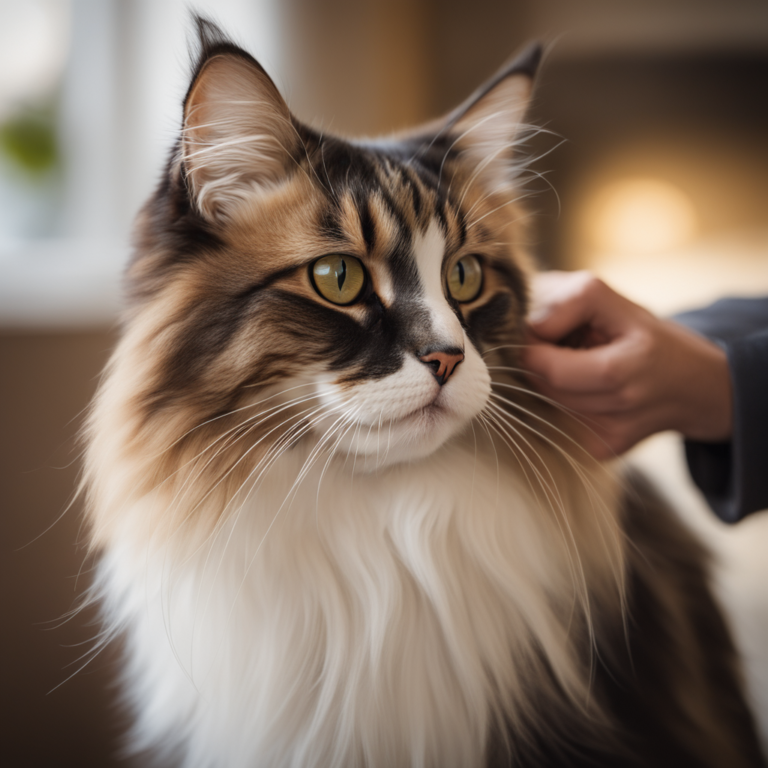Joining pet photography workshops for beginners helps you master capturing your furry friends' personalities. You'll refine skills from camera basics to lighting techniques. Build a standout portfolio that showcases your unique style and passion for pet photography.
Workshop Benefits
If you're looking to improve your pet photography skills, attending workshops can provide valuable hands-on experience and expert guidance. One of the key benefits of attending pet photography workshops is the opportunity for practice. During these workshops, you'll have the chance to apply different techniques and experiment with various settings in a supportive environment. This hands-on practice is invaluable for honing your skills and gaining confidence in your abilities. By consistently practicing during the workshops, you'll see a noticeable improvement in the quality of your photos.
Another significant benefit of attending pet photography workshops is the networking opportunities they offer. These workshops bring together like-minded individuals who share a passion for capturing stunning images of pets. By participating in group activities and discussions, you'll have the chance to connect with other photographers, share tips and tricks, and build relationships within the photography community. Networking with fellow pet photographers can open doors to collaborations, mentorships, and new opportunities in the field.
Camera Basics
Let's start by exploring the foundational aspects of your camera. Understanding camera settings and mastering focusing techniques are essential for capturing striking pet photographs. These basics will lay a solid groundwork for your pet photography journey.
Camera Settings Overview
Understanding camera settings is essential for capturing great photos during your pet photography workshops. When it comes to camera settings and exposure control, here are some key points to keep in mind:
- Adjusting the aperture can help create a beautiful bokeh effect, making your pet the focal point of the image.
- Utilize the shutter speed to freeze fast movements or create motion blur for artistic shots.
- Managing the ISO is pivotal for managing the camera's sensitivity to light, especially in low-light conditions.
- White balance settings can impact the overall mood of your photos, ensuring accurate colors in different lighting situations.
- Experimenting with exposure compensation allows you to fine-tune the brightness or darkness of your images for the perfect exposure.
Focusing Techniques Explained
Mastering focusing techniques is essential for achieving sharp and well-defined pet portraits during your photography workshops. When capturing pets, their unpredictable behavior adds a layer of complexity to achieving precise focus. Understanding your camera's autofocus modes and how to adjust them according to the pet's movements is key. For pets like dogs or cats, consider their height and where you want the focus to be—whether on their eyes, nose, or entire body. Depth perception plays a significant role in pet photography, especially with multiple subjects. Utilize techniques like adjusting your aperture to control depth of field and guarantee all pets are in focus. Practice focusing on different parts of your pet to enhance the overall impact of your images.
Composition Techniques
To enhance your pet photography skills, focus on incorporating effective composition techniques into your shots. Utilizing the rule of thirds can help you create more balanced and visually appealing images. Placing your pet off-center in the frame can make your photos more dynamic and interesting. Additionally, incorporating leading lines into your compositions can guide the viewer's eye towards the main subject, adding depth and visual interest to your photos.
Here are five composition techniques to help you capture mesmerizing pet photographs:
- Fill the Frame: Get up close and personal with your furry friend to capture their unique features and expressions.
- Use Symmetry: Experiment with symmetrical compositions to create a sense of harmony and balance in your photos.
- Include Negative Space: Leave room around your pet in the frame to draw attention to their presence and create a sense of simplicity and elegance.
- Experiment with Angles: Try shooting from different angles, such as getting down to your pet's eye level, to capture more engaging and intimate shots.
- Focus on Details: Zoom in on specific features or behaviors of your pet to tell a story and evoke emotions in your viewers.
Lighting Essentials
For enchanting pet photographs, pay attention to how light interacts with your subjects. Whether you're using natural or artificial lighting, understanding how to leverage light can make a significant difference in the quality of your pet photos. Natural light, such as sunlight, can create a warm and inviting atmosphere for your pet portraits. On the other hand, artificial lighting, like studio lights or lamps, gives you more control over the intensity and direction of light.
When using natural light, consider utilizing backlighting techniques to add depth and drama to your pet photos. Position your pet between the light source and the camera to create a glowing effect around their fur, enhancing their features and creating a striking silhouette. Backlighting can also help highlight your pet's fur texture and create a more visually appealing composition.
Experiment with different lighting setups to see what works best for your pet photography style. Whether you prefer the soft, diffused light of a cloudy day or the dramatic shadows cast by a single spotlight, understanding how to use natural and artificial lighting effectively will elevate your pet photography skills. Remember, the way light interacts with your subjects can truly make your pet photos stand out.
Pet Poses
When capturing memorable pet photos, popular pet poses can make a significant difference. Focus on capturing your pet's unique expressions to bring out their personality in the photos. Understanding how lighting affects pet photography will enhance the quality of your shots.
Popular Pet Poses
Capture your furry friend in their best light by showcasing these five popular pet poses that are sure to make your photographs stand out.
- Playful Stance: Encourage your pet to show off their energetic side, capturing them mid-jump or with a toy.
- Cozy Napping: Showcase your pet's peaceful side, photographing them curled up in a cozy bed or a favorite spot.
- Regal Profile: Capture your pet's elegance by photographing them sitting tall with a proud gaze.
- Dynamic Action Shot: Freeze their movement in a dynamic shot, whether running, playing fetch, or jumping.
- Candid Interaction: Capture the bond between you and your pet with a candid shot of you both sharing a moment together.
Capturing Pet Expressions
To truly capture the essence of your pet in photographs, focus on their unique expressions and poses that showcase their personality. Pay attention to your pet's behavior, facial expressions, and body language. Pets convey a wide range of emotions through their expressions, whether it's a joyful tail wag, a curious head tilt, or a playful zoomie. Try to capture these moments that reflect their true selves. Get down to their level to capture intimate shots that highlight their eyes and facial features. Experiment with different angles to showcase their character. Remember, every pet is unique, so be patient and observe their behavior to capture those special moments that truly reflect their individuality in your photographs.
Lighting for Pet Photography
For stunning pet poses in your photography, consider how lighting can enhance your shots and bring out the best in your furry friend. When capturing your pet's personality, the right lighting can make a world of difference. Here are some tips to help you make the most of lighting in your pet photography:
- Natural vs artificial: Experiment with both natural light from windows and artificial lighting to see which suits your pet best.
- Indoor vs outdoor: Take advantage of natural outdoor lighting for a bright and airy feel, or create cozy indoor shots with controlled lighting.
- Soft vs harsh lighting: Soft lighting can create a gentle, flattering glow, while harsh lighting can add drama and intensity to your pet portraits.
- Backlighting: Try backlighting to create a halo effect around your pet, adding a magical touch to your photos.
- Shadows: Embrace shadows creatively to add depth and mystery to your pet's poses.
Editing Tips
Enhance your pet photos with these simple editing tips. When it comes to perfecting your pet photography, editing plays an important role. Start by adjusting the color correction to make your pet's fur look vibrant and true to life. You can also retouch any imperfections on your pet's coat or skin to guarantee a flawless final image.
Background removal is another essential editing technique to make your pet the focal point of the photo. By removing distractions in the background, you can create a clean and professional look. Experiment with different filters to add depth and atmosphere to your pet photos. Filters can help set the mood of the image, whether you want a bright and cheerful photo or a more dramatic effect.
Hands-On Practice
Engage in practical application to refine your pet photography skills. The best way to improve your photography is by getting out there and practicing with real animals. Here are some tips to make the most out of your hands-on experience:
- Observe pet interaction: Pay attention to how pets interact with each other and their surroundings. Capturing these candid moments can result in heartwarming and authentic photos.
- Experiment with creative angles: Try shooting from different perspectives to add variety to your photos. Get down to your pet's eye level or capture them from above to create unique compositions.
- Focus on emotions: Look for ways to convey the emotions of the pets you're photographing. Whether it's excitement, curiosity, or playfulness, emotions can add depth to your images.
- Use natural light: Take advantage of natural light to enhance your pet photos. Soft, diffused light can create a warm and inviting atmosphere, while backlighting can add a magical touch.
- Capture the details: Don't forget to zoom in on the little details that make each pet special. Whether it's their expressive eyes, wagging tail, or furry paws, these details can help tell a story in your photos.
Building Your Portfolio
Crafting a diverse portfolio is essential for showcasing your pet photography skills and attracting potential clients. When presenting your portfolio, focus on highlighting a variety of shots that demonstrate your creativity and technical abilities. Include a mix of close-ups, action shots, and candid moments to showcase your range. It's important to organize your portfolio in a way that flows well and captures the viewer's attention from the start. Consider using a mix of colors, compositions, and subjects to create a visually appealing presentation.
Incorporating marketing strategies into your portfolio can help attract potential clients. Think about including a brief bio or artist statement that reflects your passion for pet photography. Utilize social media platforms to share your work and reach a wider audience. Engage with pet-related communities and collaborate with local businesses to expand your reach.
To stand out, experiment with creative shot ideas and photo editing techniques. Think outside the box and explore different angles, lighting setups, and props to create unique compositions. Don't be afraid to try new editing styles to add a personal touch to your photos. Remember, your portfolio is a reflection of your skills and vision, so put effort into making it visually compelling and engaging for viewers.
Frequently Asked Questions
Are There Any Restrictions on the Types of Pets That Can Be Brought to the Workshop?
When attending workshops, types of pets allowed may vary. Workshop restrictions often depend on size, behavior, and safety concerns. It's advisable to check guidelines beforehand to guarantee a pleasant and smooth experience for all participants.
Do I Need to Have a Specific Type of Camera or Equipment to Participate in the Workshop?
You don't need a specific type of camera or equipment to participate in the workshop. Any camera, from smartphones to DSLRs, will work. The workshop focuses on technique and composition, so bring whatever gear you have.
Will There Be Opportunities to Practice Photographing Pets Other Than Dogs and Cats?
You'll have the chance to photograph a variety of animals beyond dogs and cats at the workshop. Exotic animals, equine photography, wildlife, and bird portraits will all be part of the hands-on experience. Get ready to capture unique shots!
Are There Any Safety Considerations or Precautions That Need to Be Taken When Photographing Unfamiliar Pets?
When handling unfamiliar pets, safety precautions are essential. Always approach with caution, allowing the animal to get comfortable with your presence. Respect their boundaries, observe their body language, and never force interactions for successful pet photography.
Can I Bring a Friend or Family Member to Assist Me During the Workshop?
Yes, you can bring a friend or family member to assist during the workshop. They can help with handling pets, setting up shots, and providing support. It's a great way to practice and learn together.
Conclusion
Now that you have learned the basics of pet photography, it's time to put your new skills to the test. Remember to practice, experiment with different techniques, and most importantly, have fun capturing the unique personalities of our furry friends. Keep building your portfolio and don't be afraid to showcase your work. With dedication and passion, you'll soon become a pro in pet photography!



